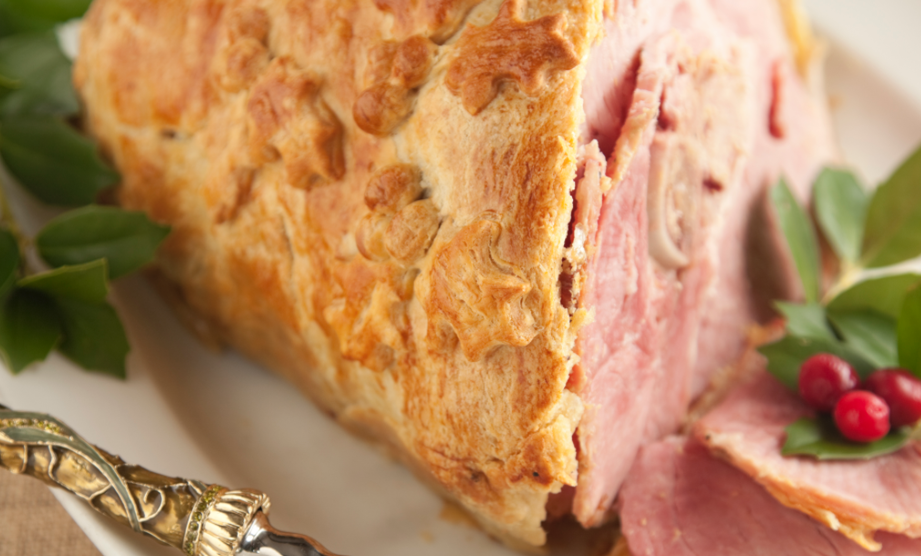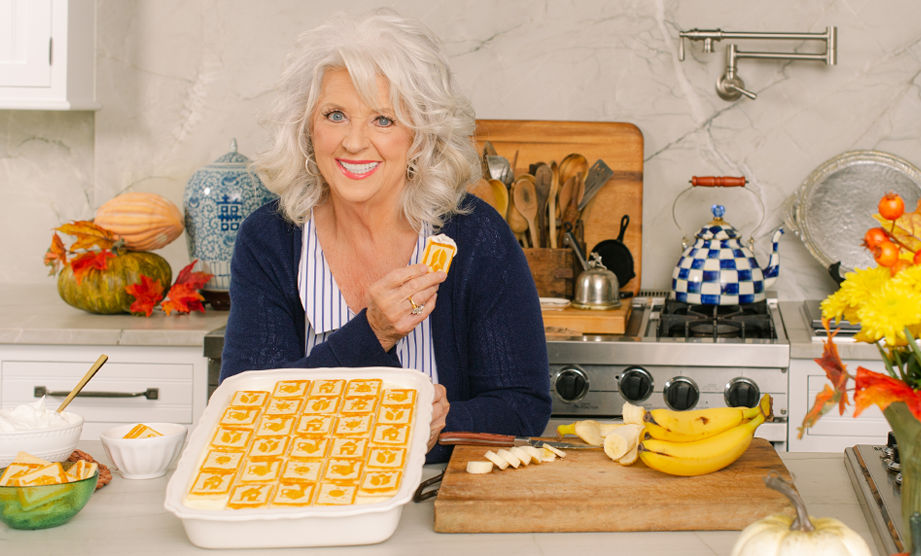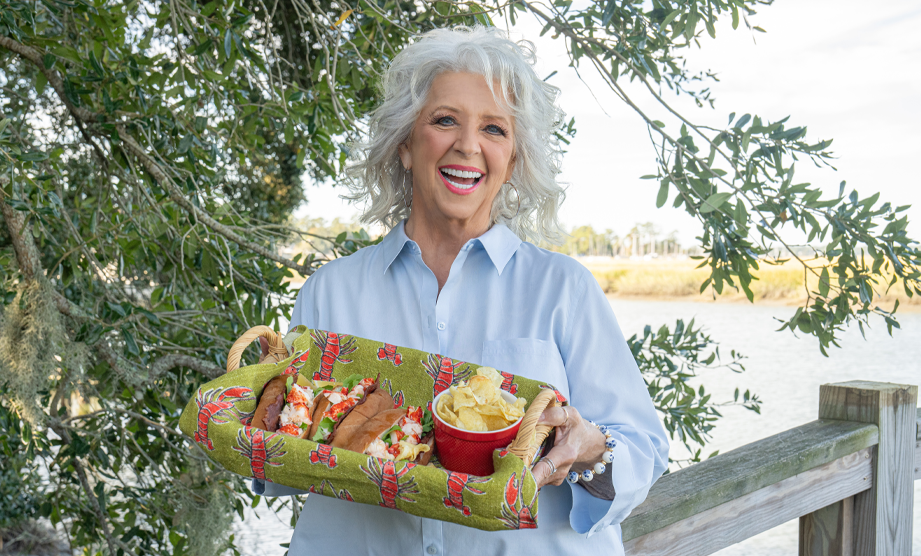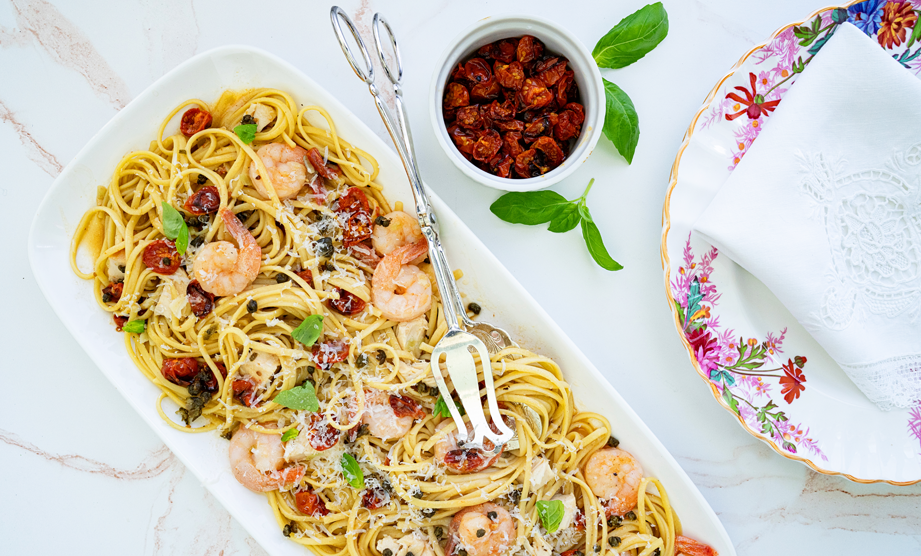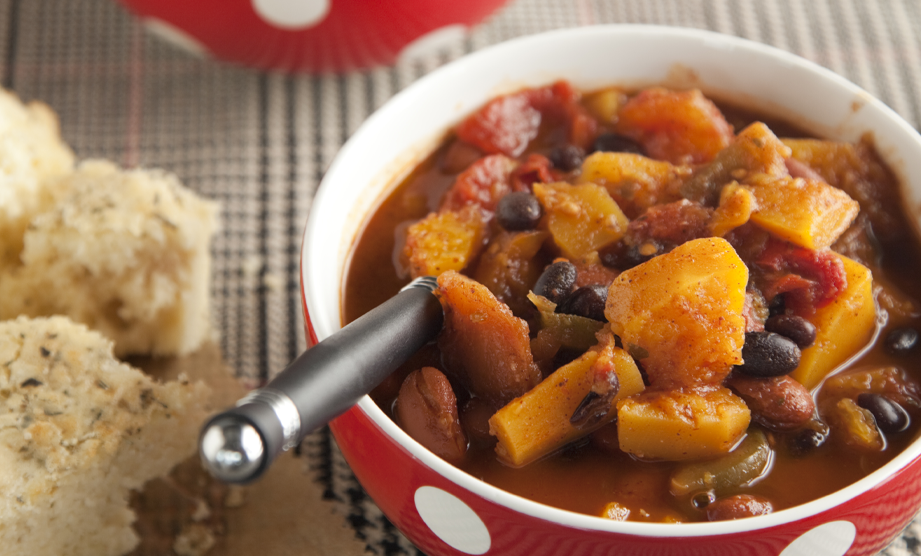People all over the world have loved ham for hundreds of years; in fact, many cultures have been eating cured ham since before the Common Era. Christmas ham has been a domestic favorite since colonists arrived in the mid-Atlantic and Southern states, when pigs grazed on nuts and other delights in the Appalachian Mountains. Who can resist the smoky, sweet taste and aroma of holiday ham? We’re always sneaking in bites before and after the big meal. It’s delicious, easy, and usually affordable.
TIPS TO GET PREPARED
Choose your ham and preparation method
Determine how many people you’re feeding (about ⅓ pound per person, slightly more for bone-in) and what kind of ham you want. This could even mean getting a ready-to-eat ham and a glaze to slather on it.
Americans are most familiar with hams that come ready-to-cook, usually meaning that they are wet-cured (brined), often smoked or given smoked flavor, and pre-cooked. In most American supermarkets, cured ham means that salt, nitrates, sugar, and preservatives have been added for optimal flavor, color, and longevity. A common cured type is country ham, which has a strong smoky flavor and typically a moldy exterior. Don’t worry—it’s part of the aging process, but it should be removed before cooking and eating. Due to salt content and other factors, country hams are generally pre-soaked in water for 12-24 hours and do not freeze well, while others can be marinated as desired overnight. Other options may include fresh, cured, or uncured, whole smoked or smoked parts, country, picnic (which is technically not ham to due to part it comes from), steaks, etc.
Usually your recipe will specify what to buy, so try these:
Smoked ham butt:
Christmas Ham
Country ham, here fully cooked and spiral-sliced:
Peach Glazed Ham with Peach Corn Relish
Whole smoked picnic ham:
Peanut Butter Glazed Ham
Fresh (uncured) ham:
Herb Crusted Fresh Ham
Baked Ham with Soy & House Seasoning
Fried ham:
Deep Fried Ham
Ham steaks:
Aunt Peggy’s Orange Glazed Ham Steak
Country Ham and Red Eyed Gravy
Dress up for the occasion
Don’t forget about ingredients you might need for a homemade glaze—brown sugar, liquid smoke, spices, dried and preserved fruits, such as prunes, peaches, and figs—and sides. Winter favorites include root vegetables, leeks, hearty leafy greens, dried/canned beans, and, of course, grits.
Prepare to cook
Oven times and temperatures vary according to cut and recipe, but standard 10-14-pound smoked ham recipes will recommend 325-350 degrees for 15-20 minutes per pound, depending on the cut and whether the ham is fully cooked when purchased.
If glazing, ready-to-eat hams can be brushed before baking and sometimes basted intermittently with wine, cider, or cola: Cola Basted Ham
If using a homemade glaze for a roast, this can also be done during the last 30 minutes (remove skin and pan drippings first, then brush on glaze) of cooking.
Allow 10-15 minutes of resting time, especially if carving slices of cooked ham.
For leftovers…
The options are endless, but here are a few of our favorites:
Ham and Black Eyed Pea Cake Benedict
Ham Salad
Ham and Bean Soup
Note: ham can last in the fridge for a few weeks and in the freezer for up to two months.
